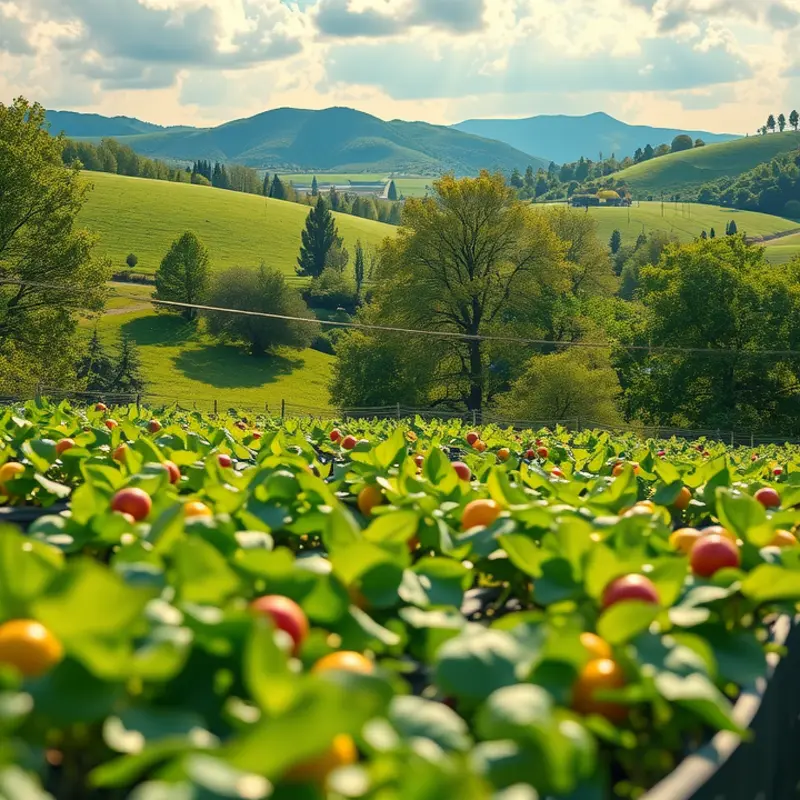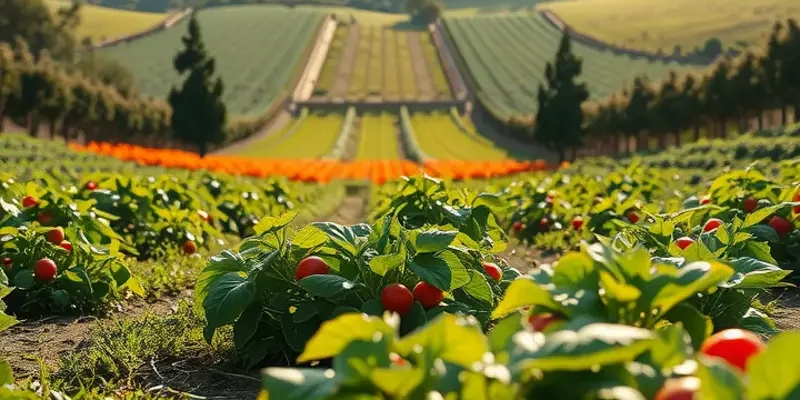Watching milk bubble over can be frustrating and messy. Fortunately, with a few straightforward techniques, you can keep your pots tidy while creating your favorite creamy dishes. Whether you’re a novice or a seasoned chef, these tips will ensure that your milk heats evenly and stays within the pot. Let’s dive into effective strategies that make milk management a breeze.
The Science Behind Milk Boiling Over

Milk boiling over is a common mishap that occurs when the milk heats too rapidly. Understanding the science behind this phenomenon can help prevent it. Milk is an emulsion containing water, fats, proteins, lactose, and minerals. As it heats, several reactions occur, especially at temperatures nearing boiling.
The primary culprit of milk boiling over is the formation of a protein film on the surface. This film primarily consists of casein and whey proteins. When milk heats, water vapor rises and tries to escape through the surface. The protein film traps this steam, creating pressure. Eventually, the pressure builds enough to push the film upward, causing the milk to foam and spill over the pot.
Heat causes lactose, the sugar in milk, to caramelize slightly. This can add a subtle sweetness but also thickens the layer at the surface. Coupled with the fats in the milk, it further reinforces the film that traps steam.
The role of the temperature gradient in your pot is crucial. The bottom of the pot is significantly hotter than the surface. Proteins denature and coagulate faster at the bottom, where the temperatures are higher. This differential heating can lead to uneven boiling, where boiling doesn’t commence uniformly throughout the pot.
Timing and technique play significant roles in preventing boil-overs. Avoid heating milk on high. Instead, use a medium or low setting to allow gradual temperature increases. Stirring helps distribute heat evenly and breaks the surface tension to prevent film formation. Frequent stirring may seem tedious but is vital in maintaining the milk’s uniformity.
If stirring seems too laborious, another option is to use a double boiler. This technique prevents the milk from direct contact with intense heat. The slow and even heating a double boiler provides makes it less likely for the milk to boil over.
Using a clean and dry pot also contributes to success. Residues or droplets can act as nucleation points, encouraging uneven bubbles and potential film tears, leading to boil-overs.
For more straightforward kitchen efficiency, consider reviewing eco-smart kitchen storage methods. Proper storage ensures ingredients are in optimal condition, which is crucial for effective cooking.
By understanding milk’s composition and applying appropriate techniques, you can master the art of boiling milk without spills. Keep a watchful eye, stir regularly, or opt for methods like a double boiler to maintain control. With practice, these insights will become second nature in your culinary routines.
Practical Tips and Techniques to Avoid Spills

Mastering the art of boiling milk without mishaps involves understanding a few key principles. One of the most crucial aspects is managing the right temperature settings. Keep the heat low and steady to prevent rapid boiling. This might require a bit of patience but pays off by minimizing the risk of spills. Once the milk begins to heat up, monitor it closely. Milk tends to boil over fast since its surface area reduces rapidly as foam forms on the top. A gentle simmer is the sweet spot you should aim for.
Stirring is another simple yet effective technique. Stir the milk frequently while it heats to distribute the heat evenly. This prevents scorching at the bottom and helps break the surface tension, preventing foam build-up. Use a wooden spoon, which can be left in the pot to give a visual cue about the milk’s progress.
Once you’ve mastered temperature and stirring, consider integrating useful kitchen tools to aid your cause. A heavy-bottomed pan is ideal as it distributes heat more uniformly, reducing the chances of hotspots where milk might burn. Additionally, silicon mats or heat diffusers offer extra control by moderating the heat reaching the pot.
Another handy trick involves placing a wooden spoon across the pot’s top. This interrupts foam build-up and signals when the milk starts to rise, providing you an opportunity to react quickly. It’s a classic but effective trick that has stood the test of time.
For an eco-friendly and smart kitchen tip, consider the eco-smart kitchen storage techniques that suggest organizing your cooking area efficiently. Having tools and ingredients well-organized means you’re always prepared for potential overflows.
By engaging with these practical tips, your milk boiling routine becomes less of a chore. A calm approach and the right techniques guarantee a spill-free session, ensuring your time in the kitchen remains stress-free and enjoyable.
Final words
Avoiding milk boil-overs is achievable through understanding and applying practical kitchen strategies. By knowing how heat interacts with milk and utilizing simple techniques, you can confidently create all kinds of dairy-rich recipes without the mess. Remember that a little attention goes a long way in achieving the perfect temperature for your milk, whether it’s for sauces, soups, or desserts. Embrace these tips and enjoy a smoother cooking experience in your kitchen!







